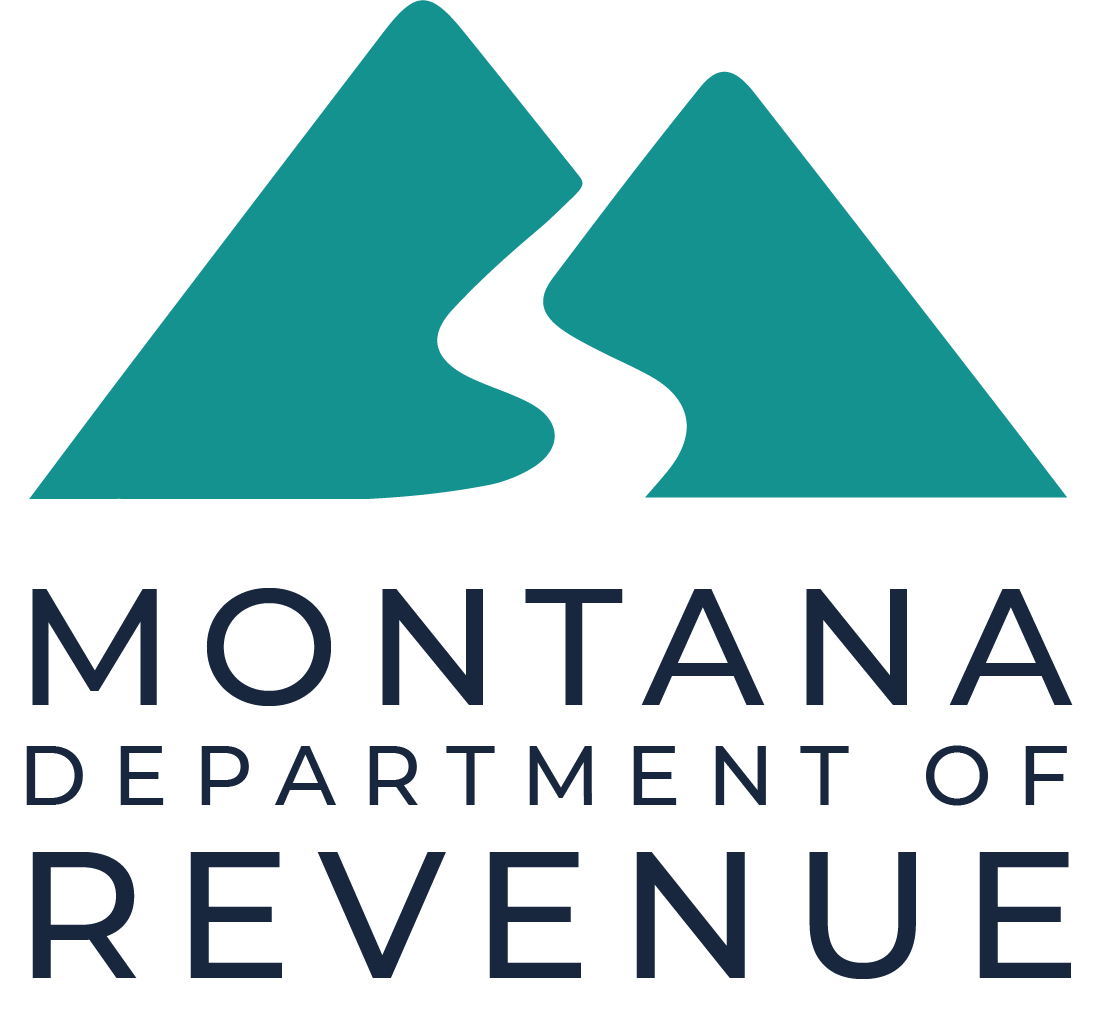In 1972, the Montana Legislature ratified the state’s new Constitution, creating the Montana Department of Revenue. This reorganization of state government brought liquor control, property valuation, and the assessment and collection of state taxes into one agency. Today, the department:
- Administers more than 40 state taxes and fees, including income taxes, natural resource taxes, corporation taxes and miscellaneous taxes;
- Determines values for all taxable property, including agricultural land, residential real estate, commercial real estate, forest land, business equipment, railroads and public utilities;
- Administers agency liquor store franchise agreements, manages the state’s wholesale liquor operations, and administers laws governing the sale, taxation and licensing of alcoholic beverages; and
- Returns unclaimed property to its rightful owners. A discussion of the department’s organizational structure and responsibilities can be found in the Administrative Rules of Montana.
Are you looking for a way to serve your community?
Join the Montana Department of Revenue! See our current openings on our careers page.
Our Mission
“To be the nation’s most citizen-oriented, efficiently administered, state tax agency.”
Goals and Objectives
Improve citizen service to more efficiently administer the department’s statutory requirements:
- Improve citizen interactions
- Accurate valuation of property
- Alcoholic beverage control regulation/efficiency
- Efficient processing of data and revenue
- Develop electronic filing and payment services
- Equitable collection practices
- Secure confidential information
- Provide a simple and seamless process for business registration and licensing through the eStop Program
- Hire and retain qualified and competent employees
Our Annual Plan
The department is required to publish an annual plan each year on September 1. The plan includes: a description of the functions and divisions of the department including an overview of the department’s priorities; reflects the benefits and outcomes the department expects to achieve on behalf of the public or specific groups; and outlines performance measures for each initiative, including the preferred outcomes and outputs with respect to each initiative.
